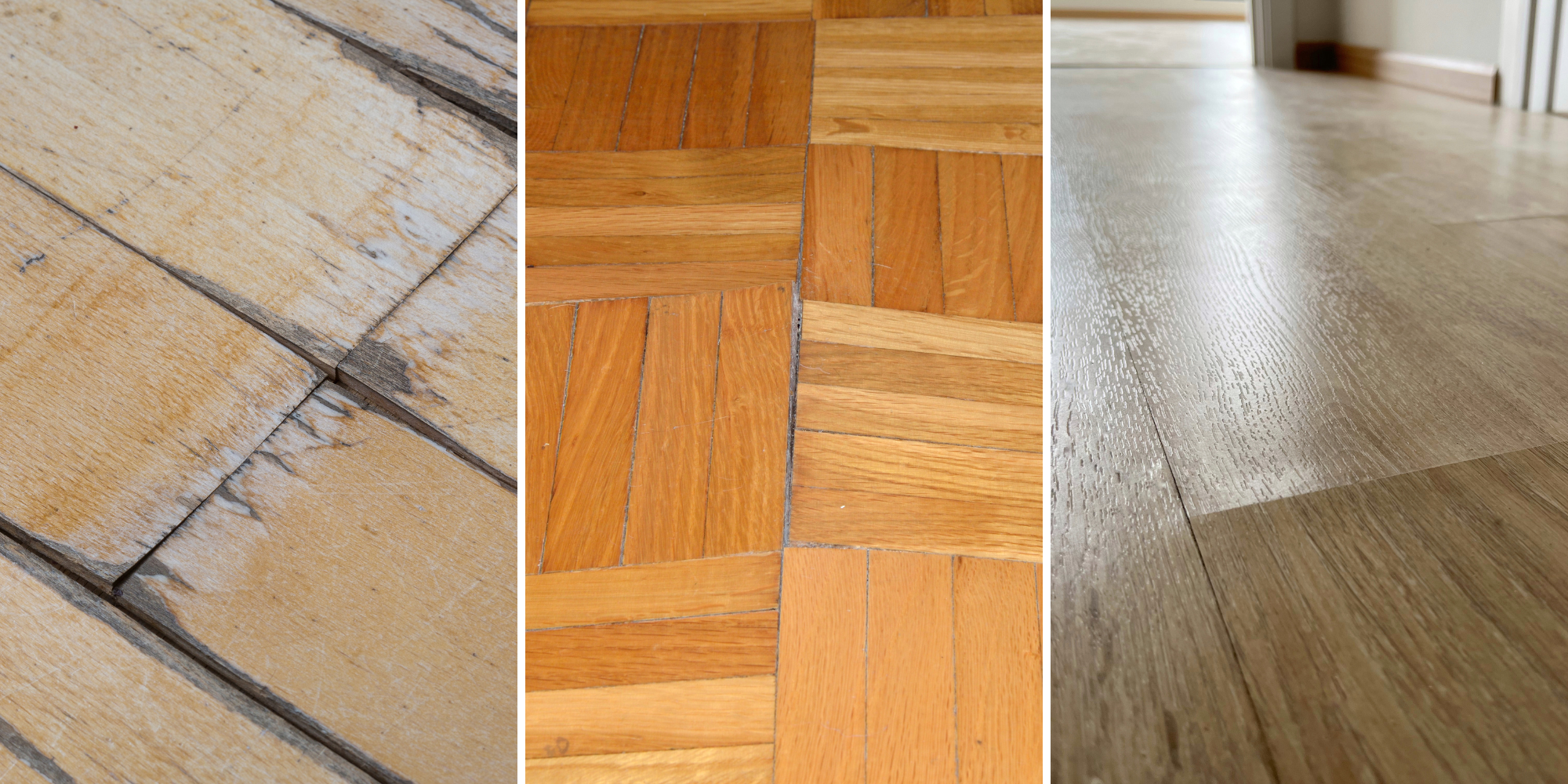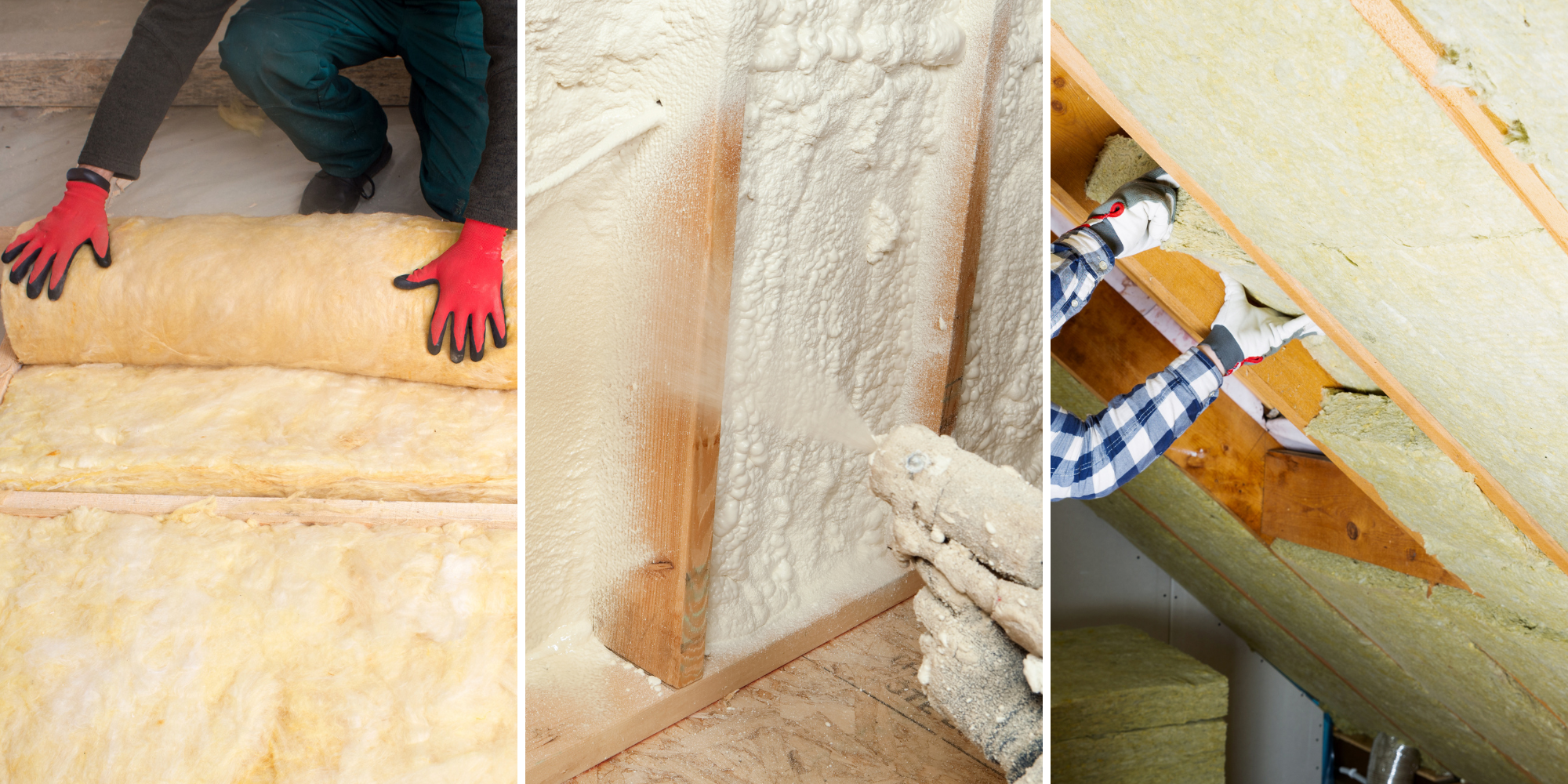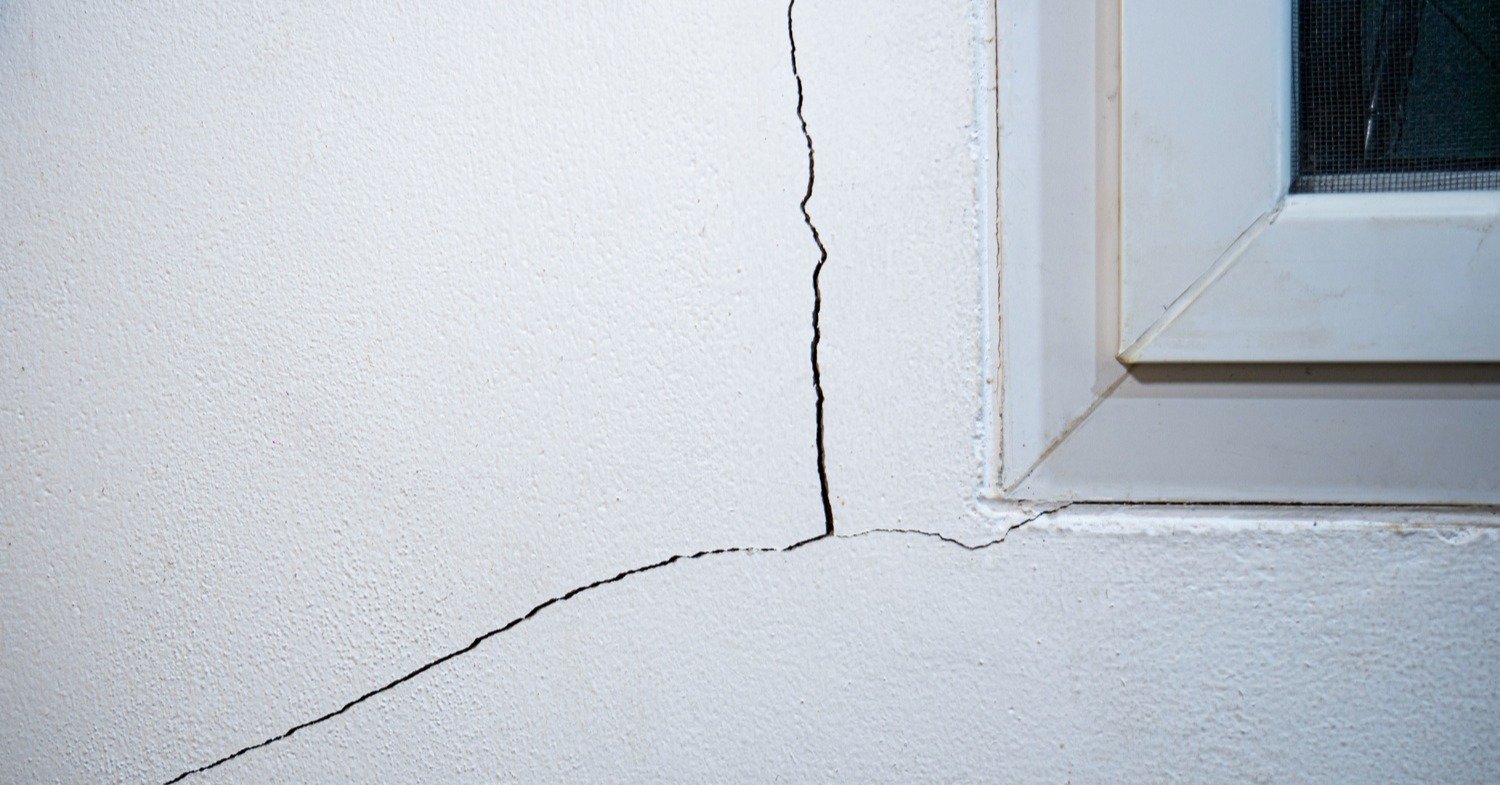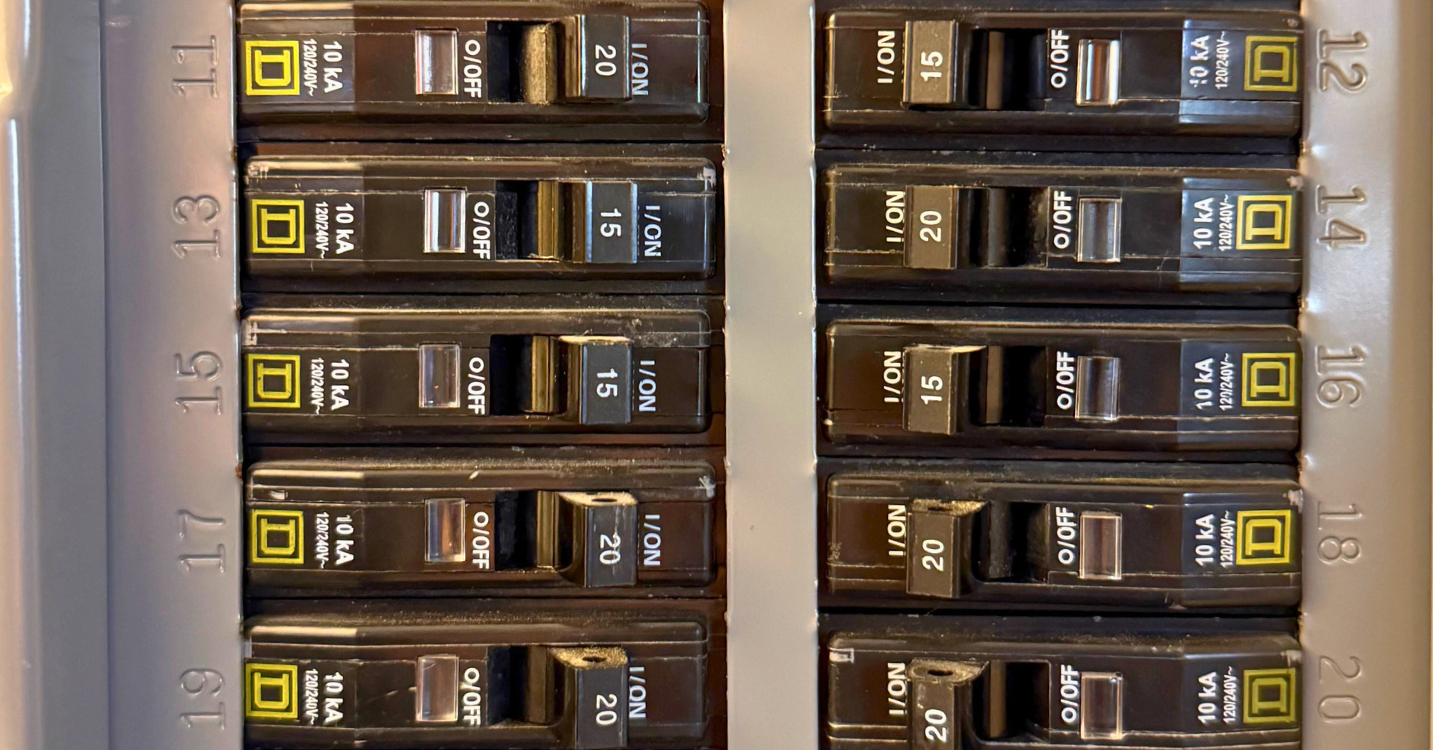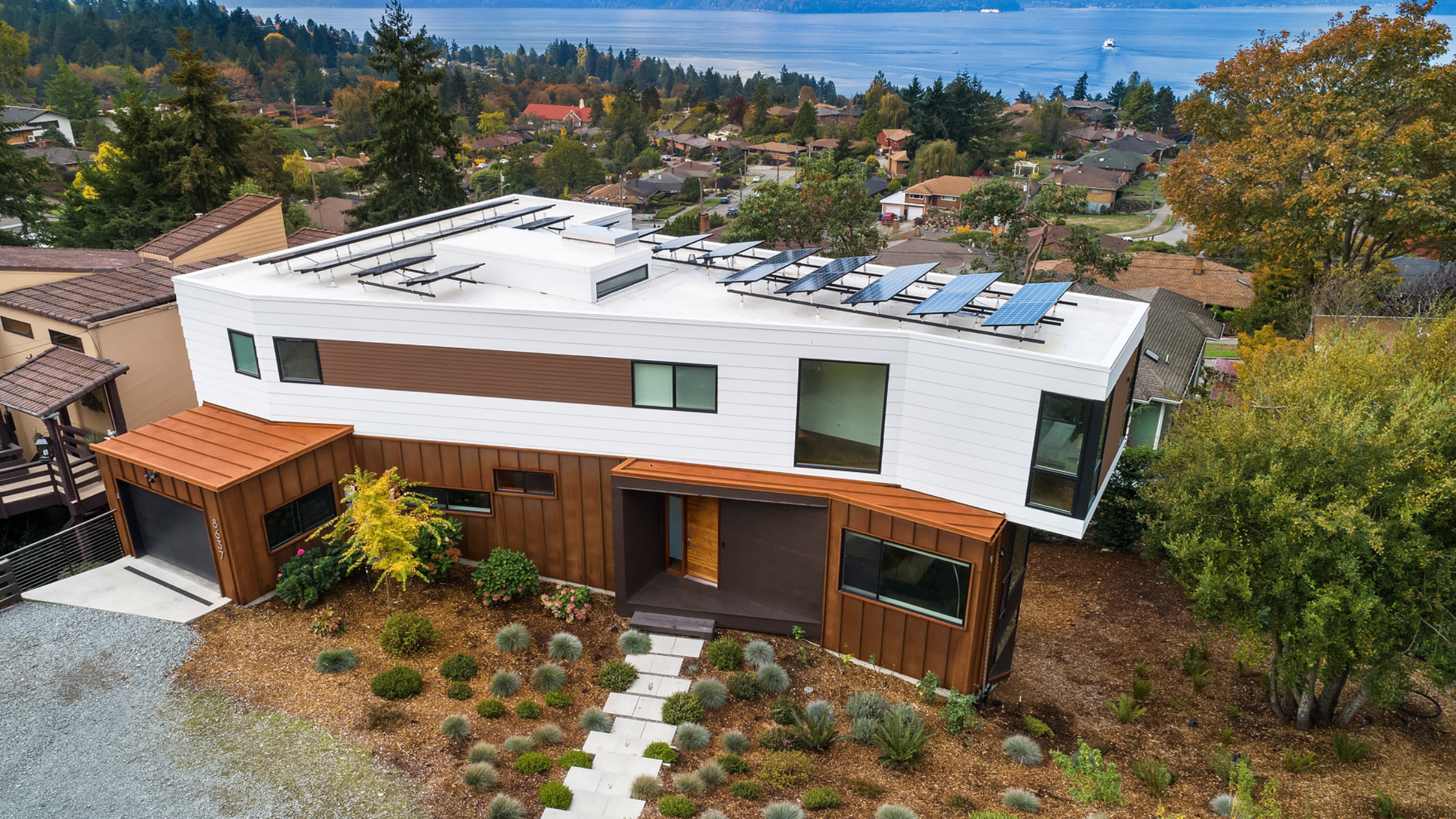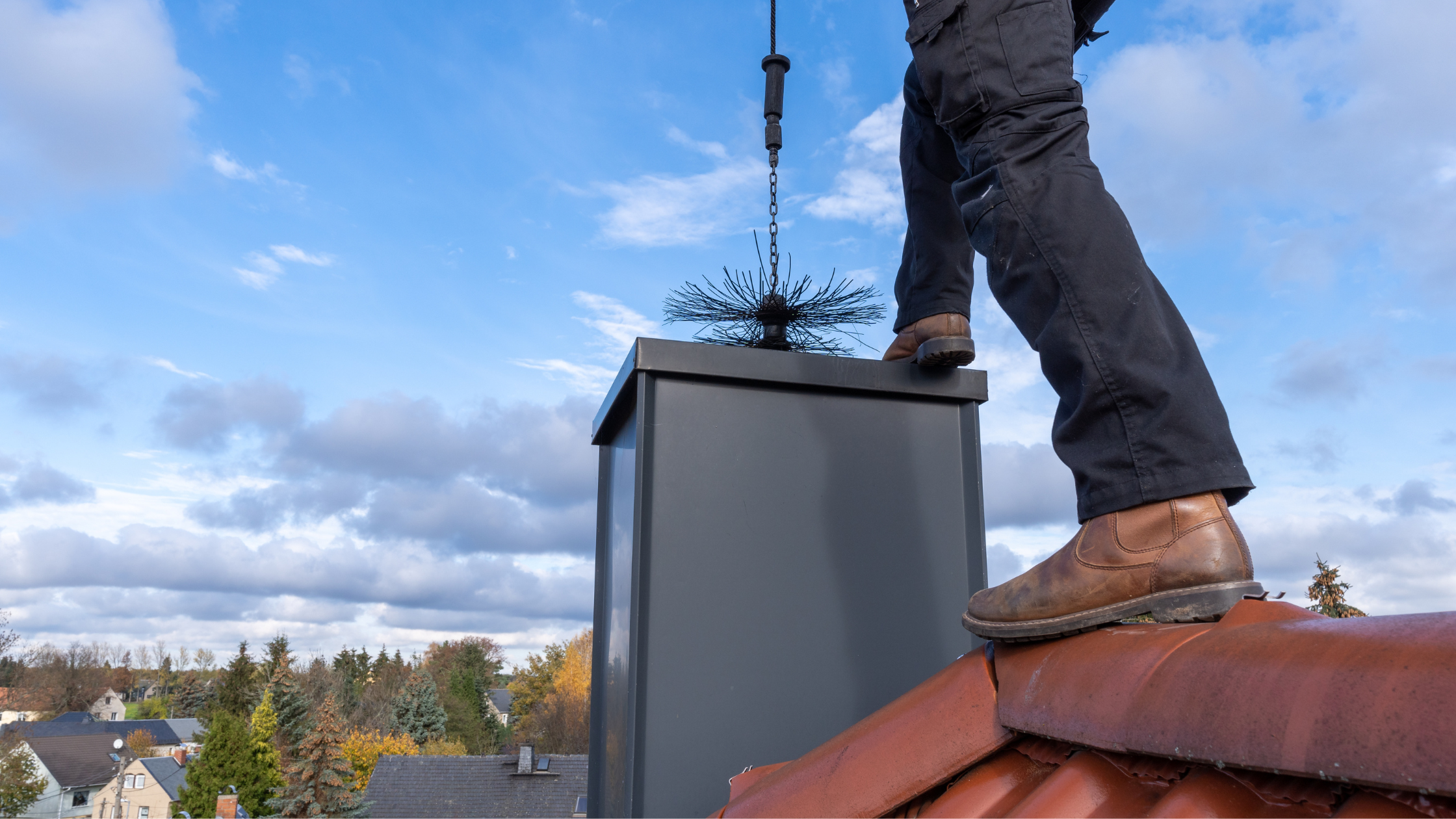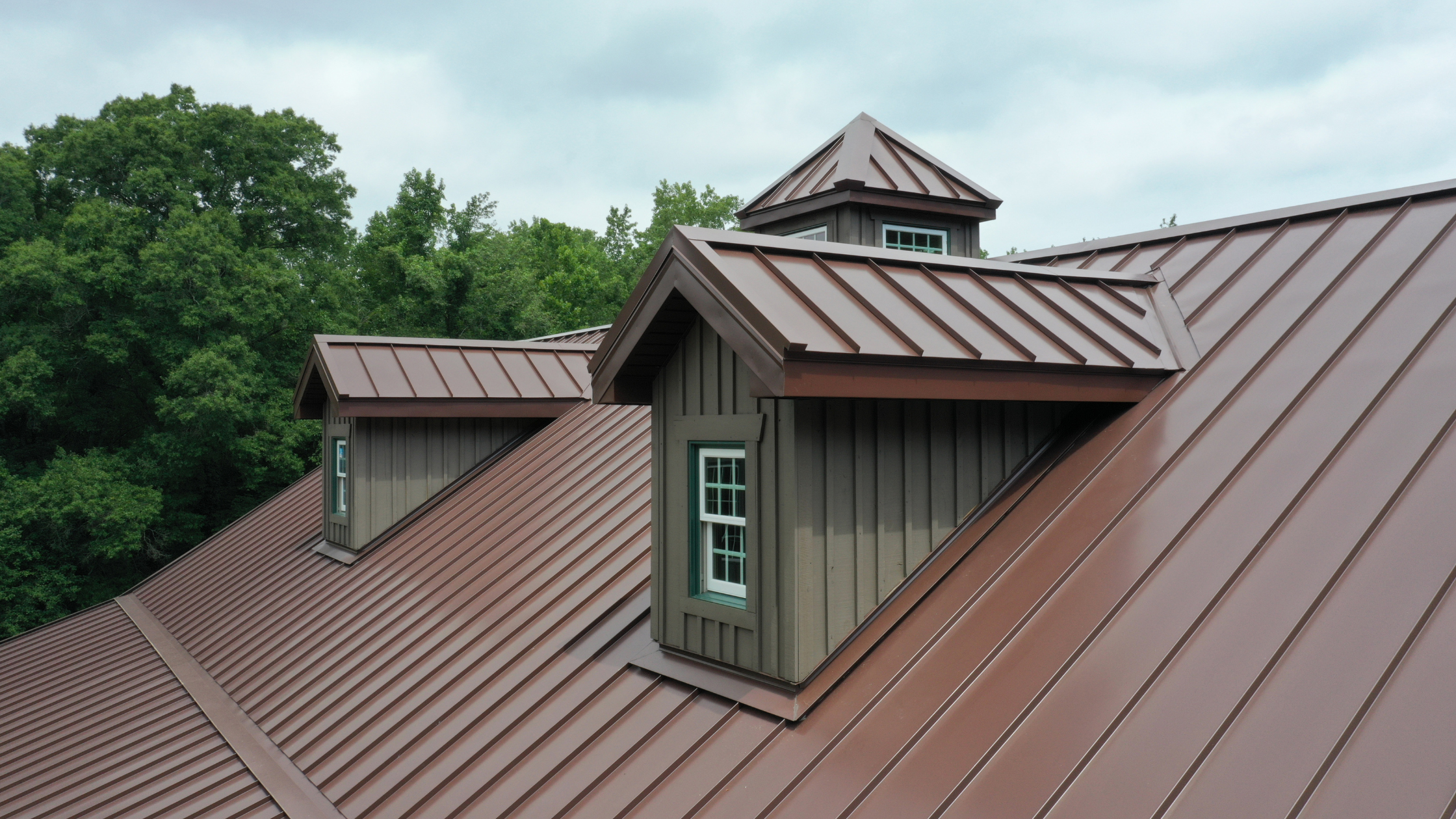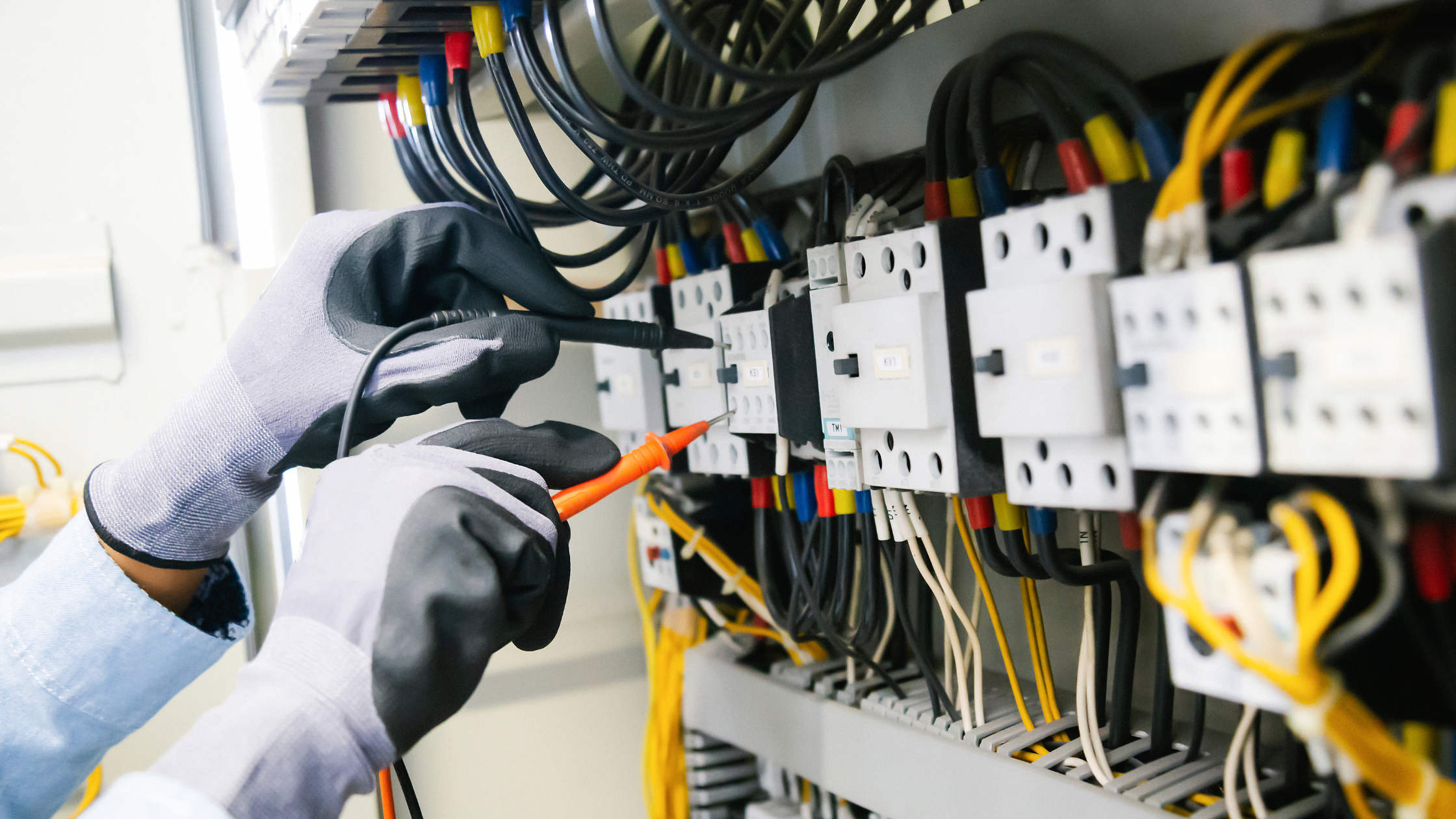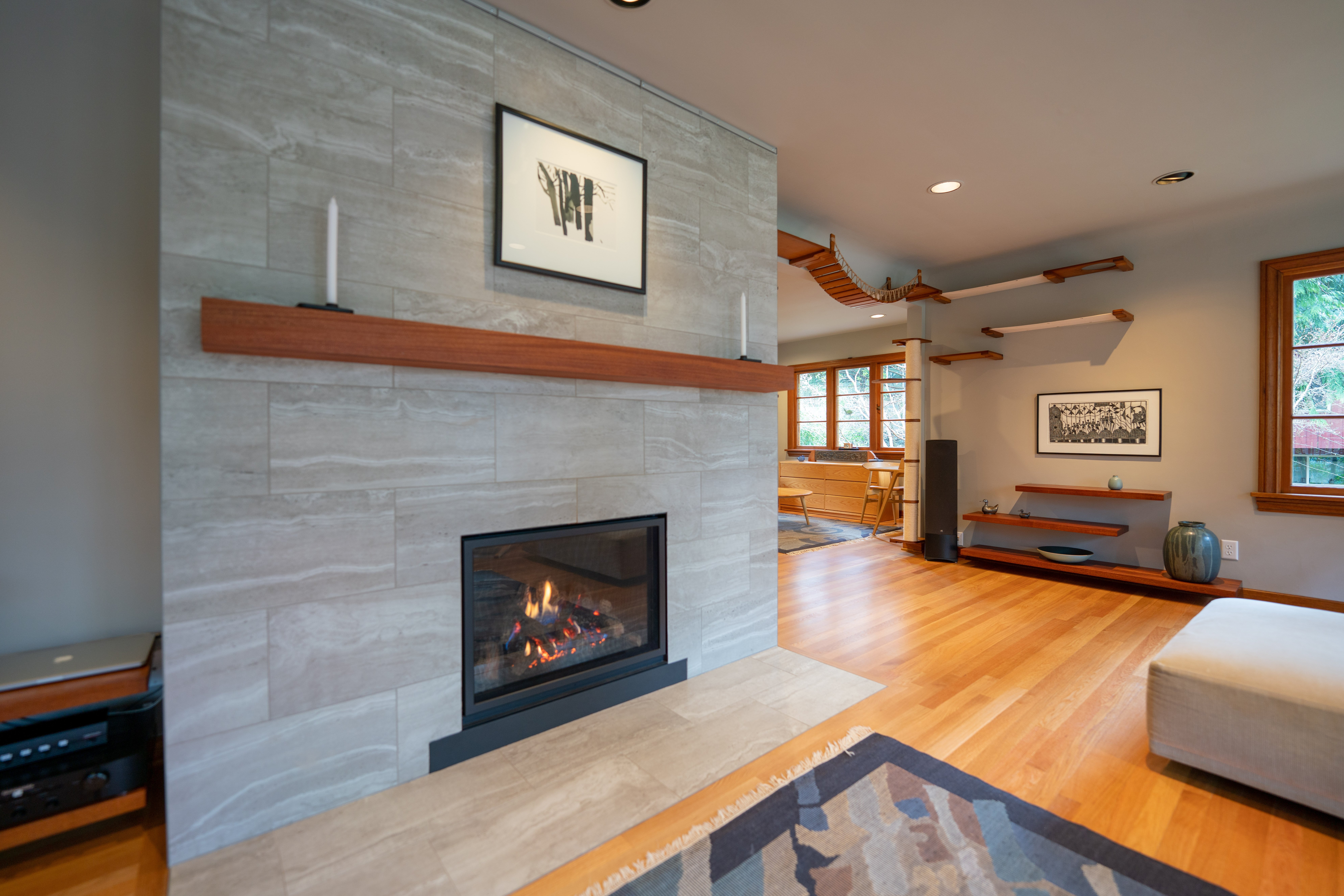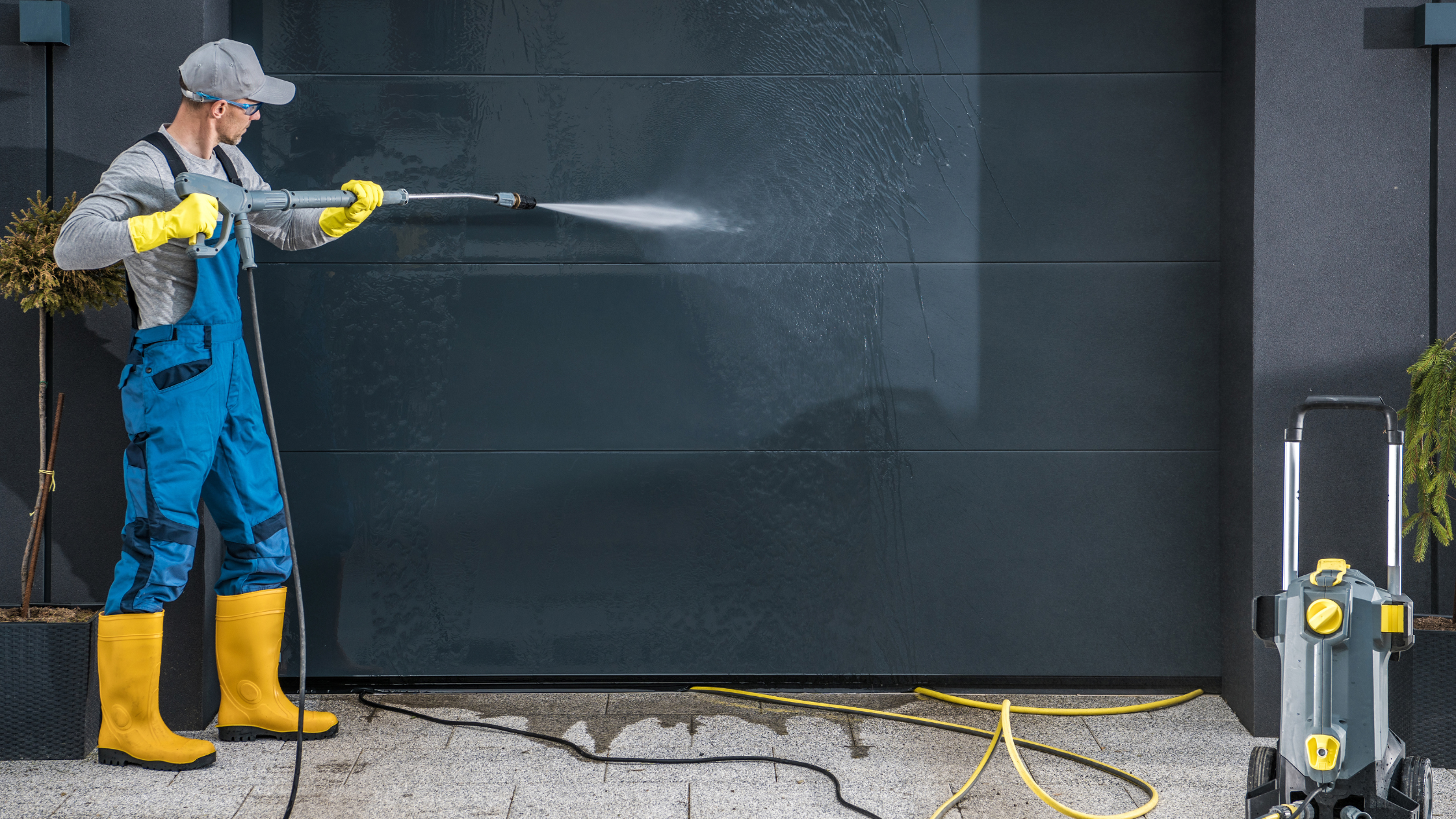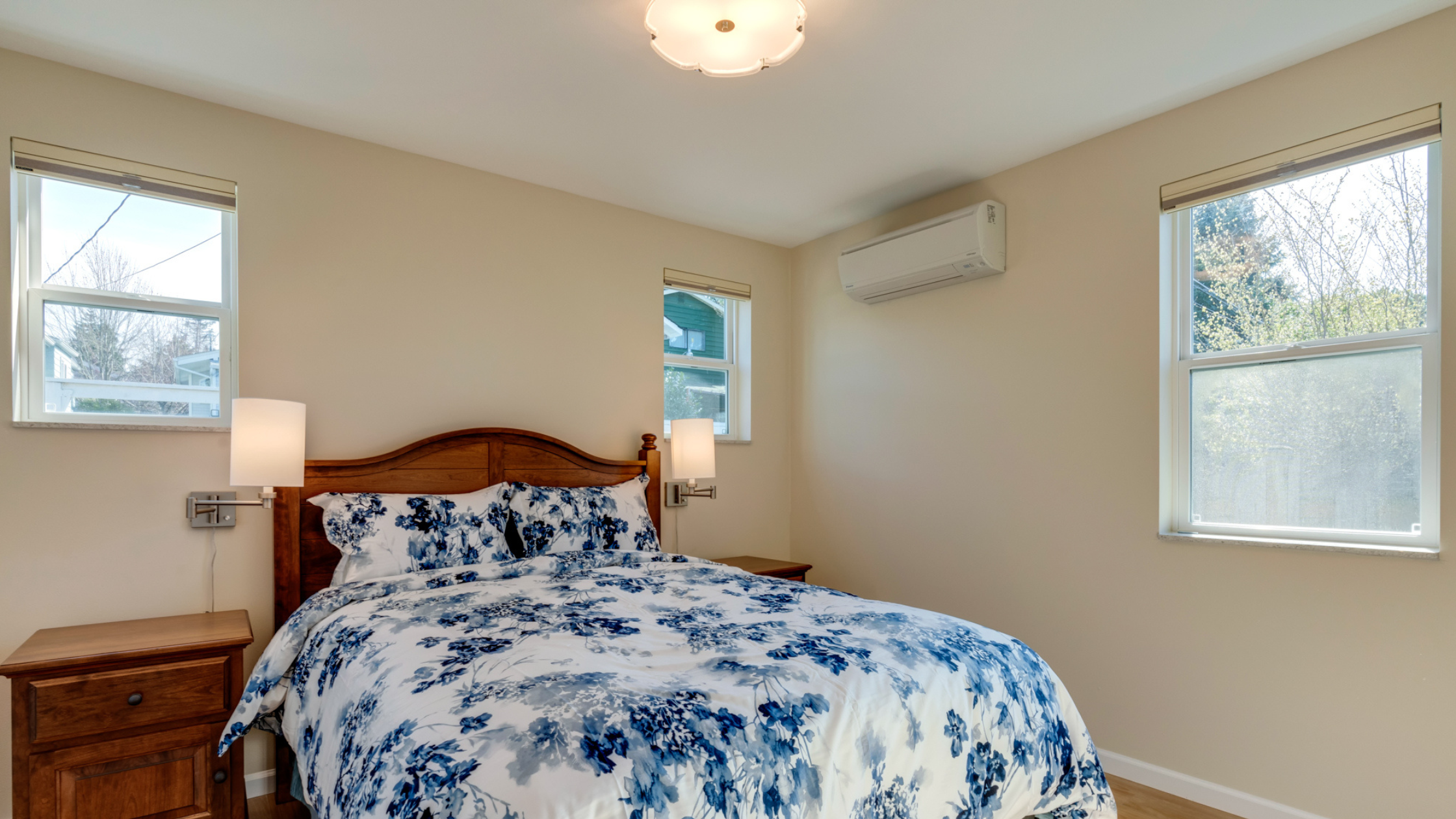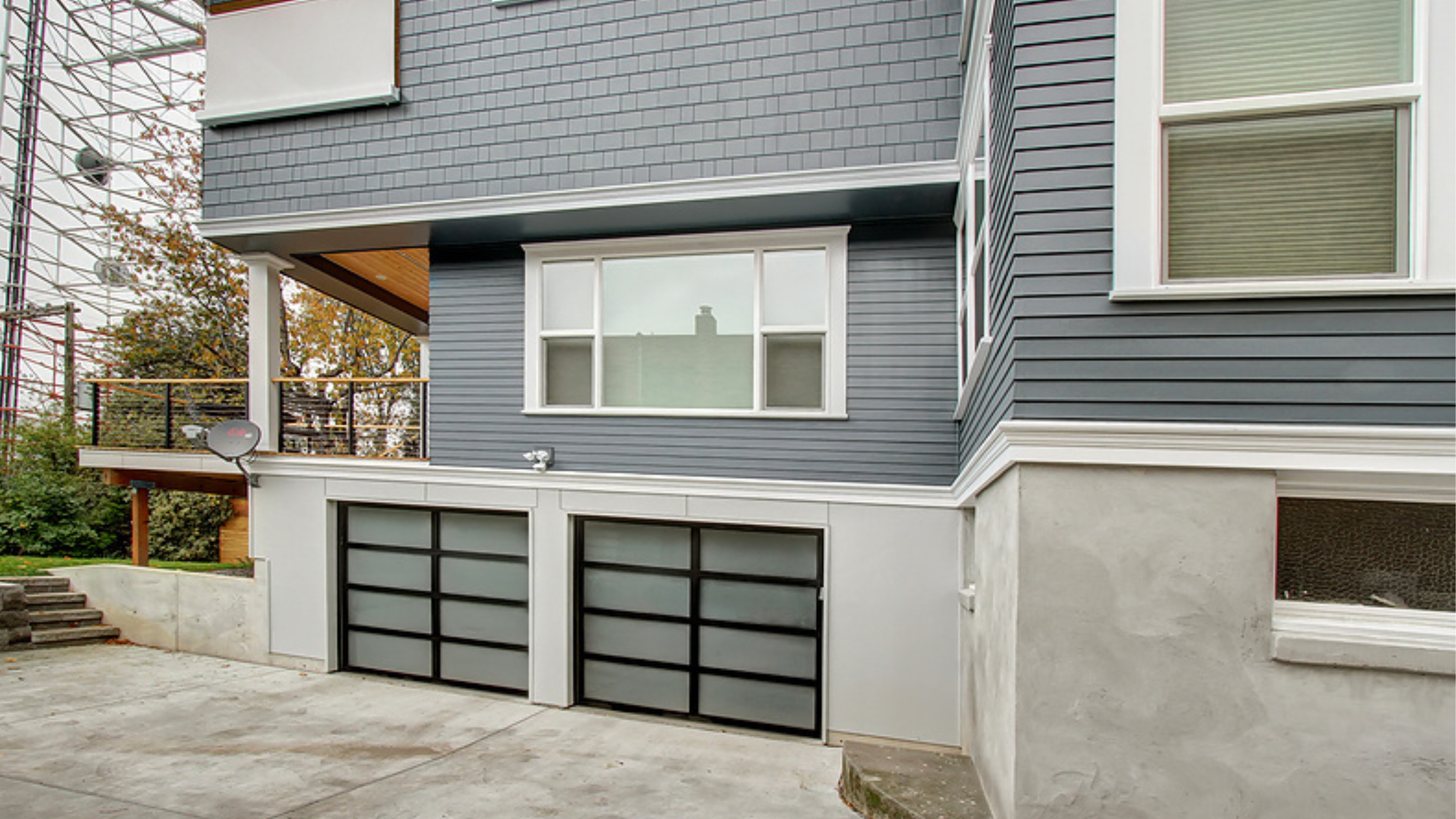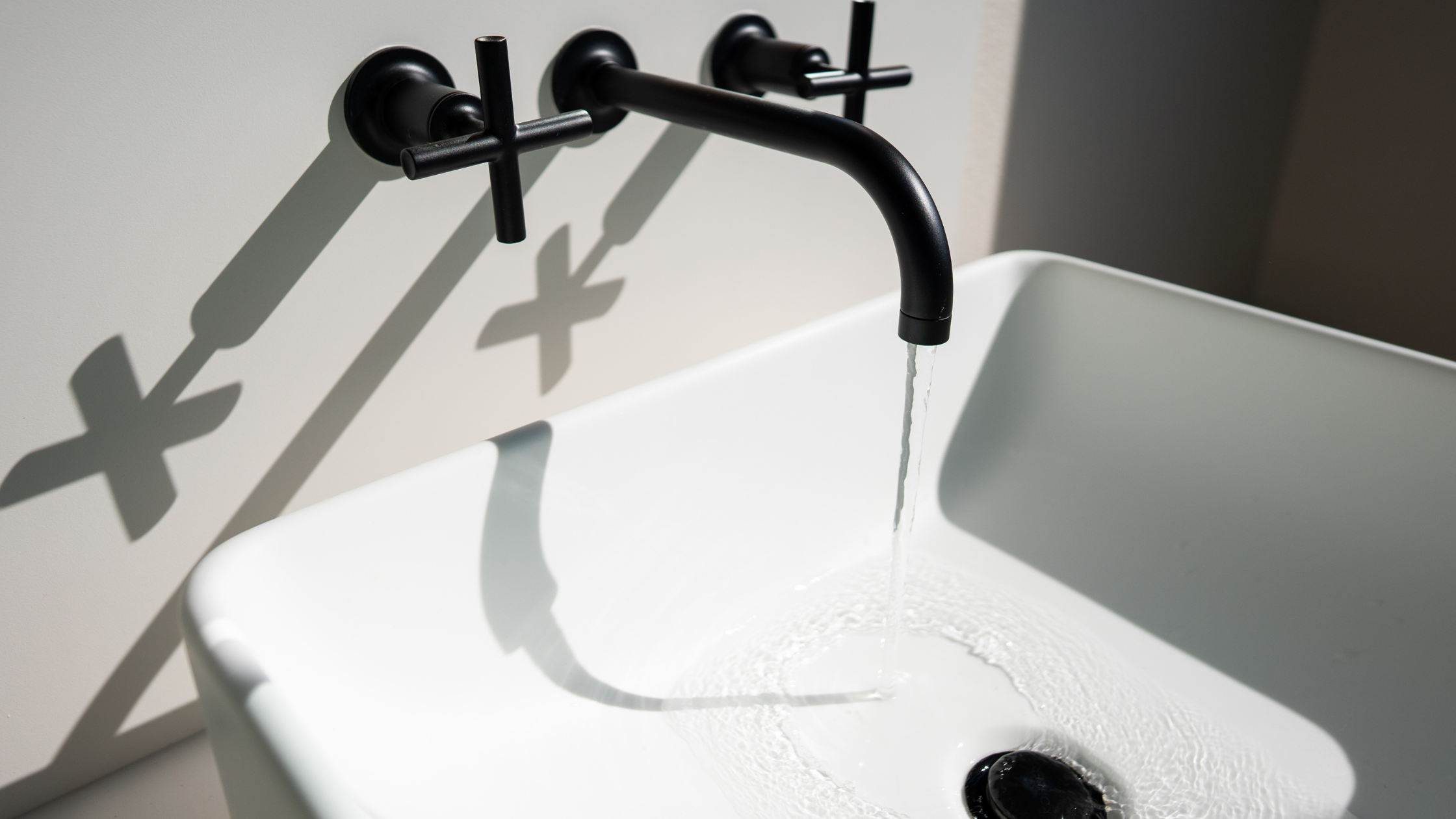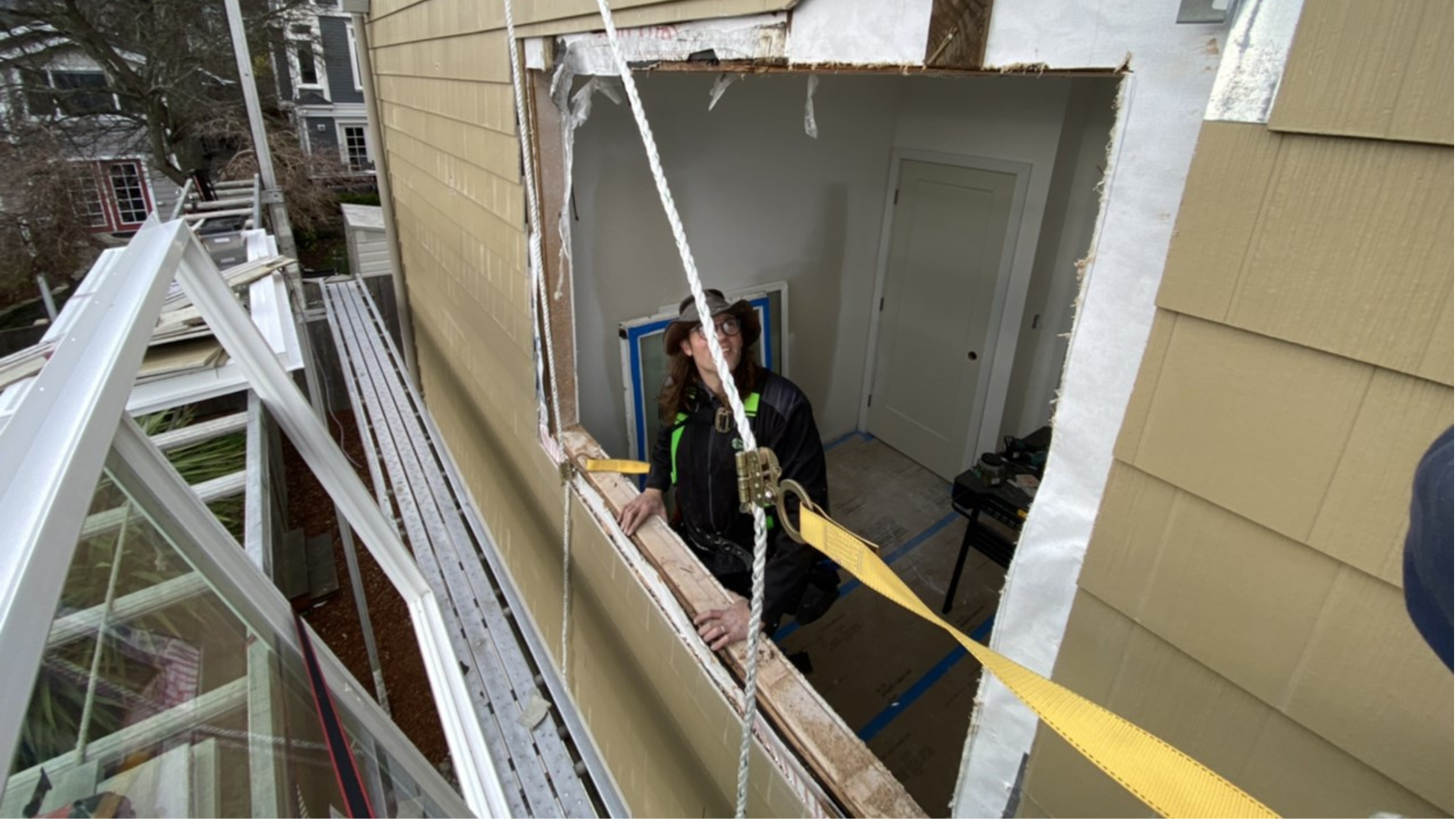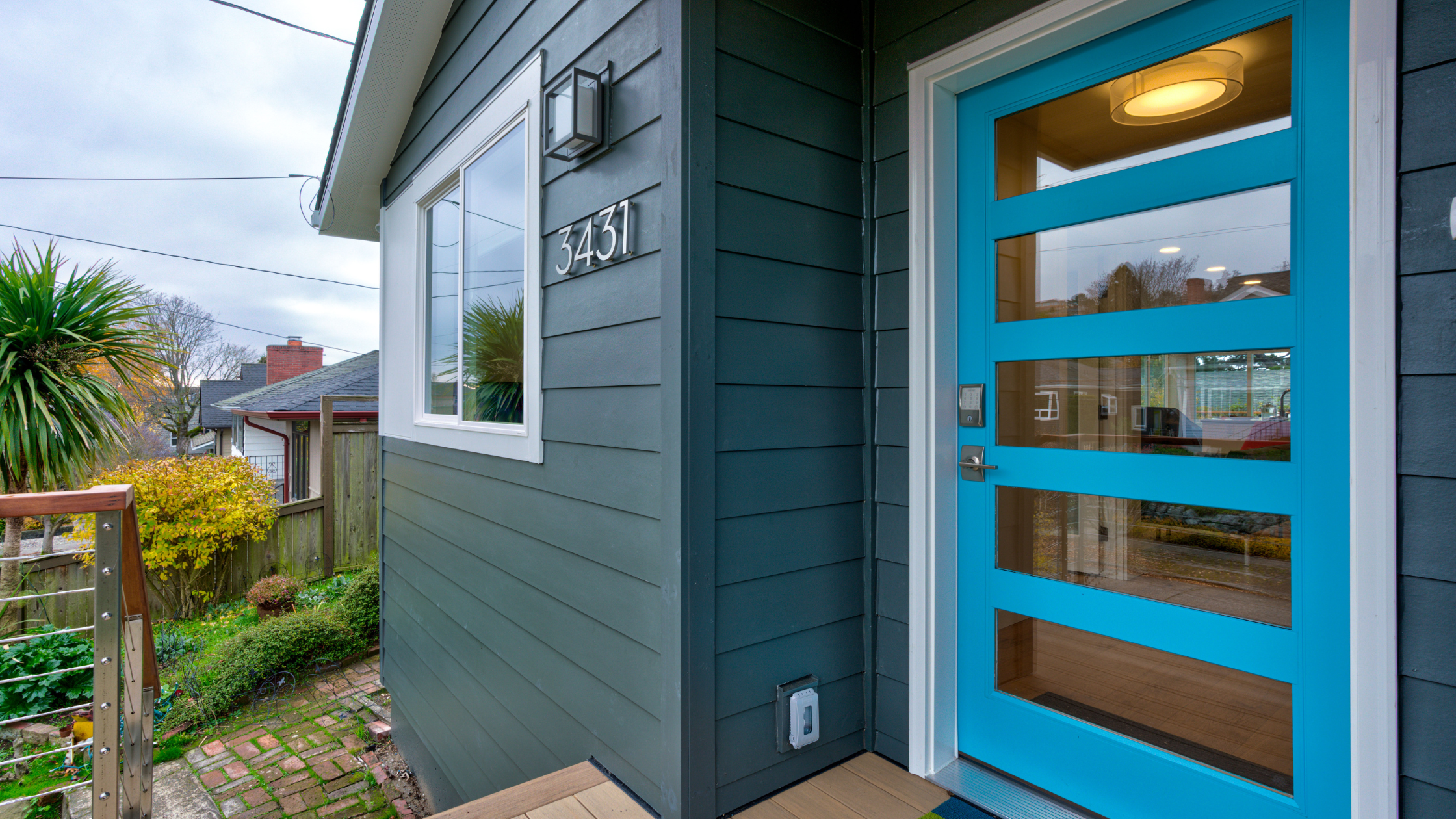Most people are familiar with mold growing on your food. While it’s easy to throw away a loaf of moldy bread, it’s not as easy to eliminate mold within your home’s indoor environment. You can’t properly get rid of mold and mildew in the home until you understand the root cause–where moisture is coming from.
Mold, a common household problem in climates like the Seattle area, is not just a nuisance; it poses serious health effects, especially for those with compromised immune systems, and can lead to extensive damage if left unaddressed. We see it in both new homes and 100-year-old homes. Headaches and asthma are among the common allergic reactions and health problems associated with mold exposure. Mold found within your home must be remediated right away for the safety of the homeowners.
The Three Essentials for Mold Growth
Mold grows under three main elements: a food source, darkness, and moisture. Unfortunately, many building materials used in home construction, such as cellulose insulation, wood, cardboard drywall, and paper, provide an ample food source for mold. On the other hand, fiberglass insulation does not act as a food source for mold, making it a better alternative in mold-prone areas.
7 Sources of Moisture & Causes of Mold Growth in Houses
1. Insufficient Ventilation
In areas like bathrooms and older homes lacking proper ventilation and exhaust fans, excess moisture from hot showers can get trapped. This trapped humidity settles on various surfaces, creating a conducive environment for mold growth. Additionally, improperly vented fans may push moisture problems into the attic, causing mold issues on the sheeting and roof trusses.
2. Humidity
High humidity levels, whether from water leaks or the external environment, can contribute to mold growth. Proper attic ventilation is crucial, especially during the winter months, to reduce humidity levels inside the home and protect against mold problems caused by excessive moisture.
3. Leaking Pipes
Undetected dampness from leaking pipes within wall cavities, basement walls, crawl spaces, and attics can lead to severe indoor mold situations. Leaks on the hot water side of the plumbing are particularly problematic as they facilitate mold spread into insulation and other porous materials, significantly increasing the complexity and cost of remediation.
4. Condensation
Poorly maintained doors, windows, air conditioners, and exposed cold water pipes can cause condensation, creating favorable conditions for mold growth due to extreme temperature differences.
5. Home Flooding
If not addressed promptly, flooded areas can become a breeding ground for mold, especially in saturated building materials. Even after removing water-damaged items, mold may persist if the moisture source remains.
6. Roof Leaks
Roof leaks, especially around penetrations like plumbing pipes, electrical fixtures, skylights, and roof vents, allow water to infiltrate the attic or walls, fostering mold growth.
7. Damp Basements
Basements, being below grade, often lack proper ventilation and sufficient natural light, creating an ideal environment for mold to thrive. Inadequate waterproofing in older homes may exacerbate the issue. If you notice any visible mold, dampness, or a musty smell, you should inspect for mold immediately.
Effective Mold Remediation
The key to successful mold remediation is eliminating the moisture source and thoroughly cleaning affected areas. Mold spores can remain dormant until moisture becomes available again, so it's crucial to prevent their reactivation. After cleaning, surfaces should be treated with a fungicide and encapsulator to inhibit mold spore growth. Common cleaning products used to kill mold include:
-
Bleach
-
Borax
-
Vinegar
-
Ammonia
-
Hydrogen peroxide
-
Detergent
-
Baking soda
-
Tea tree oil
-
Grapefruit seed extract
Before using any chemicals to remediate mold, please read this article from the CDC (Center for Disease Control and Prevention).
You may also consider running a dehumidifier to keep indoor humidity at the recommended 50% or lower. Ensure free airflow throughout the house by consistently using exhaust fans and checking the clothes dryer’s vent outside. Dry any areas of water damage immediately, and be prepared to dispose of materials like carpeting and damaged drywall that cannot be dried out immediately.
Why Hiring a Professional is Essential for Your Health and Home
Mold is a serious issue that demands immediate attention, as it can jeopardize both the structural integrity of a home and the health of its inhabitants. While some homeowners might attempt DIY mold remediation, hiring a professional mold remediation specialist ensures that all issues are addressed comprehensively, minimizing health risks and potential damage.
Better Builders stands ready to assist homeowners in the greater Seattle area, ensuring their homes remain safe, beautiful, and mold-free for years to come. Remember, taking action now can save you significant time, effort, and expense in the future.
To learn more about home maintenance musts, download our eBook, "Redefining Home Maintenance: The Proactive and Essential Guide for Homeowners."



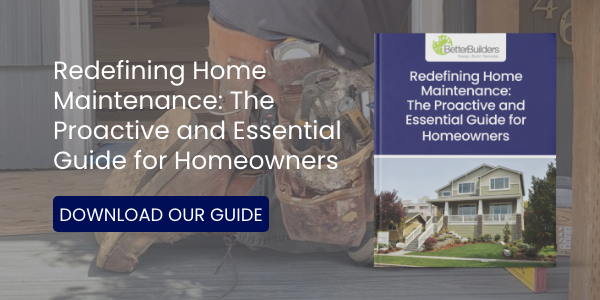
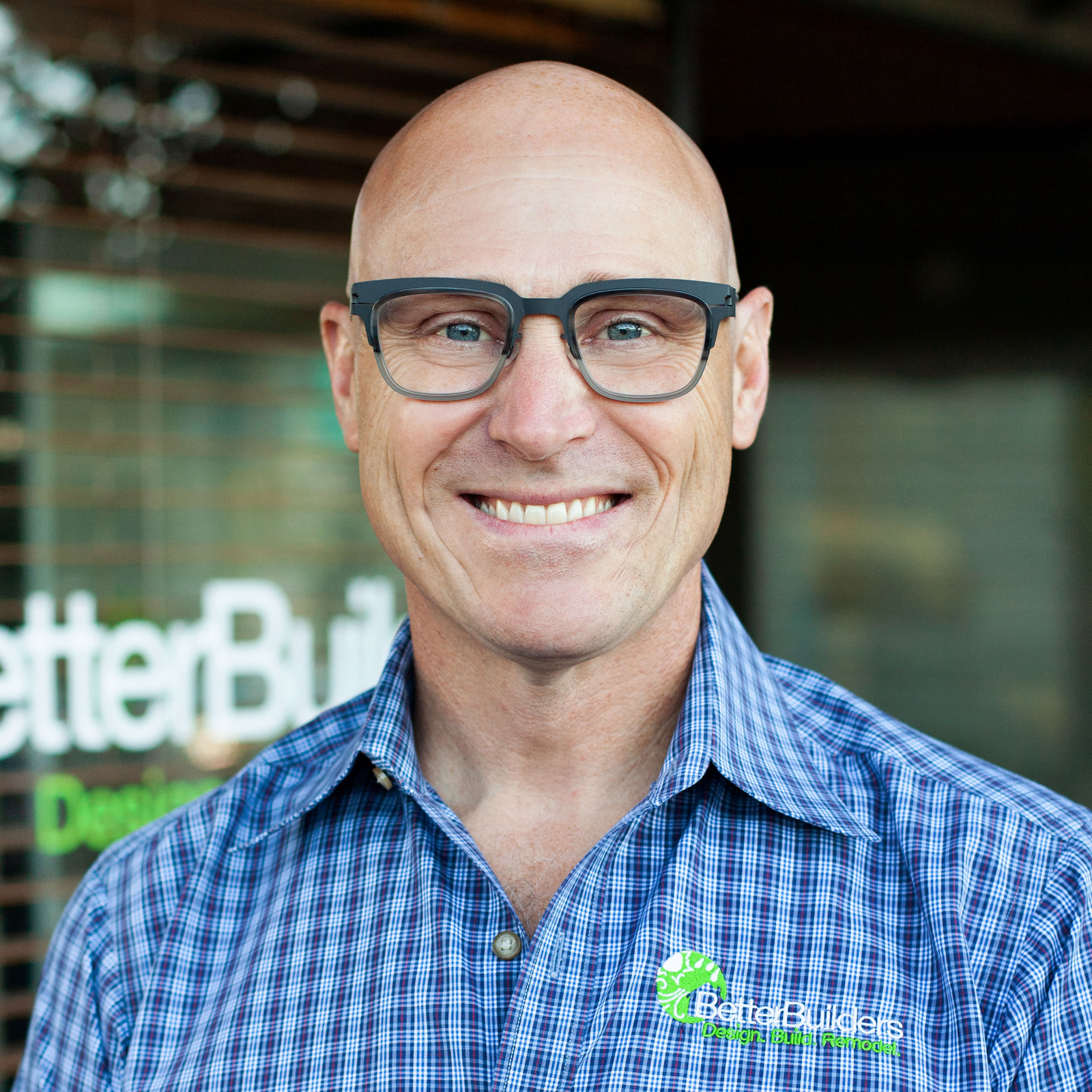

.png)
.jpg)
